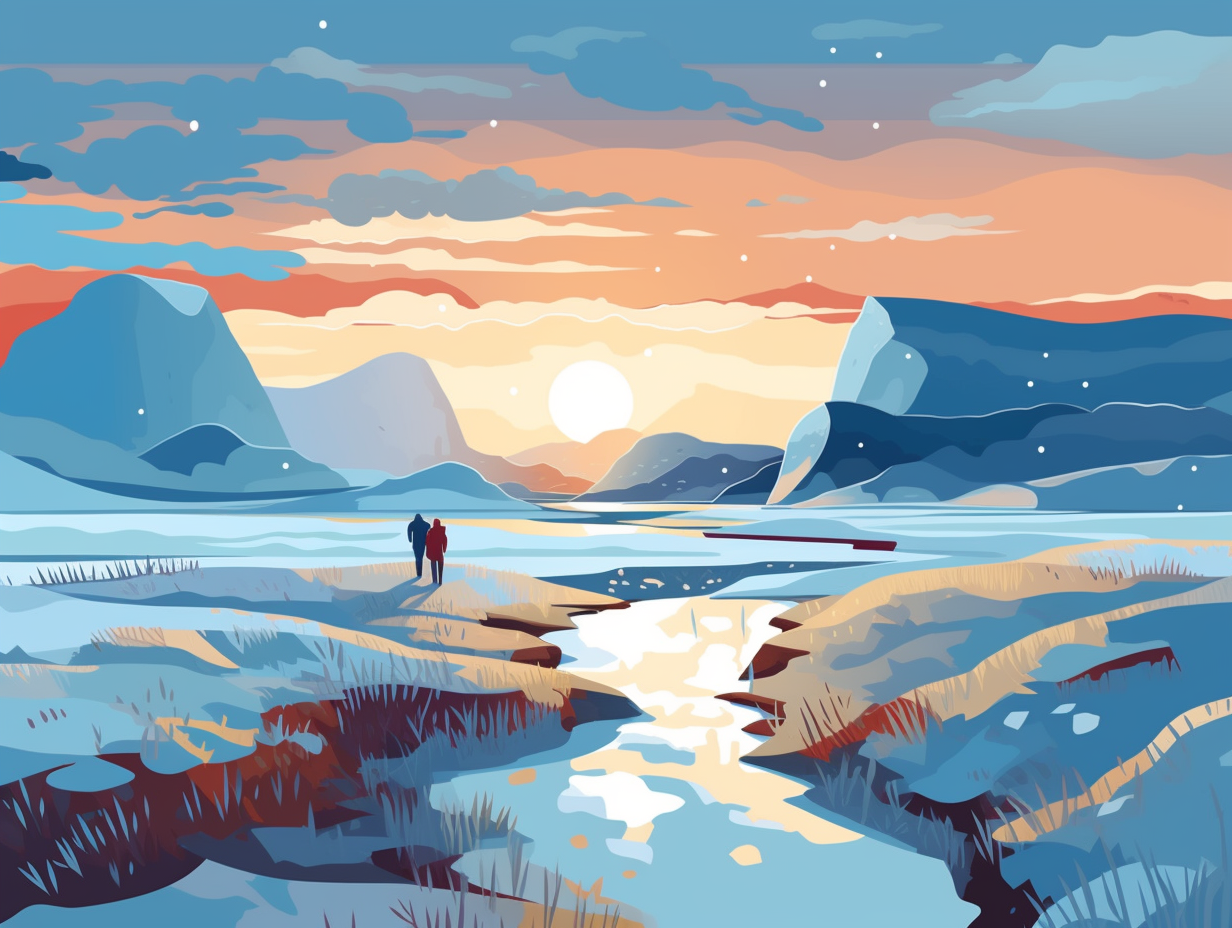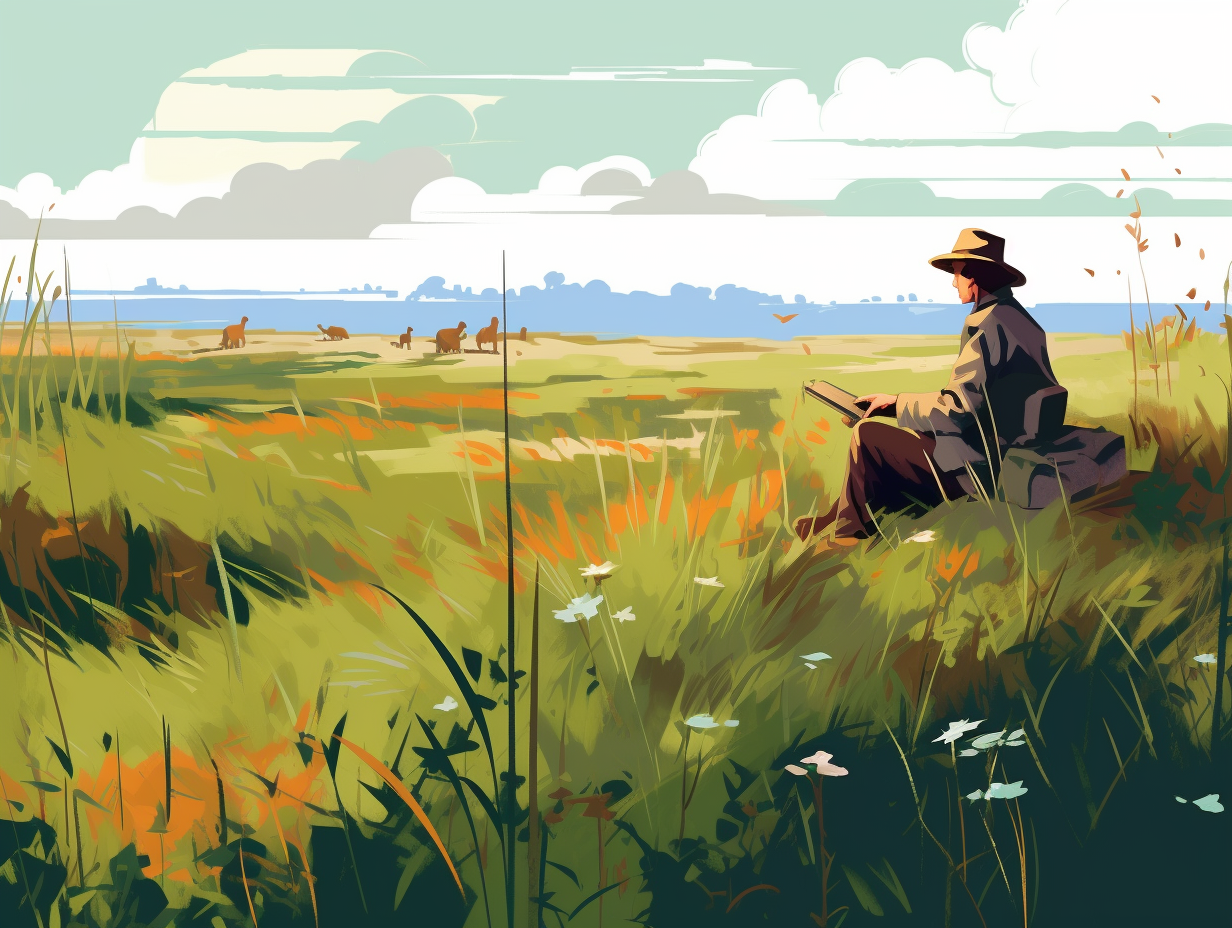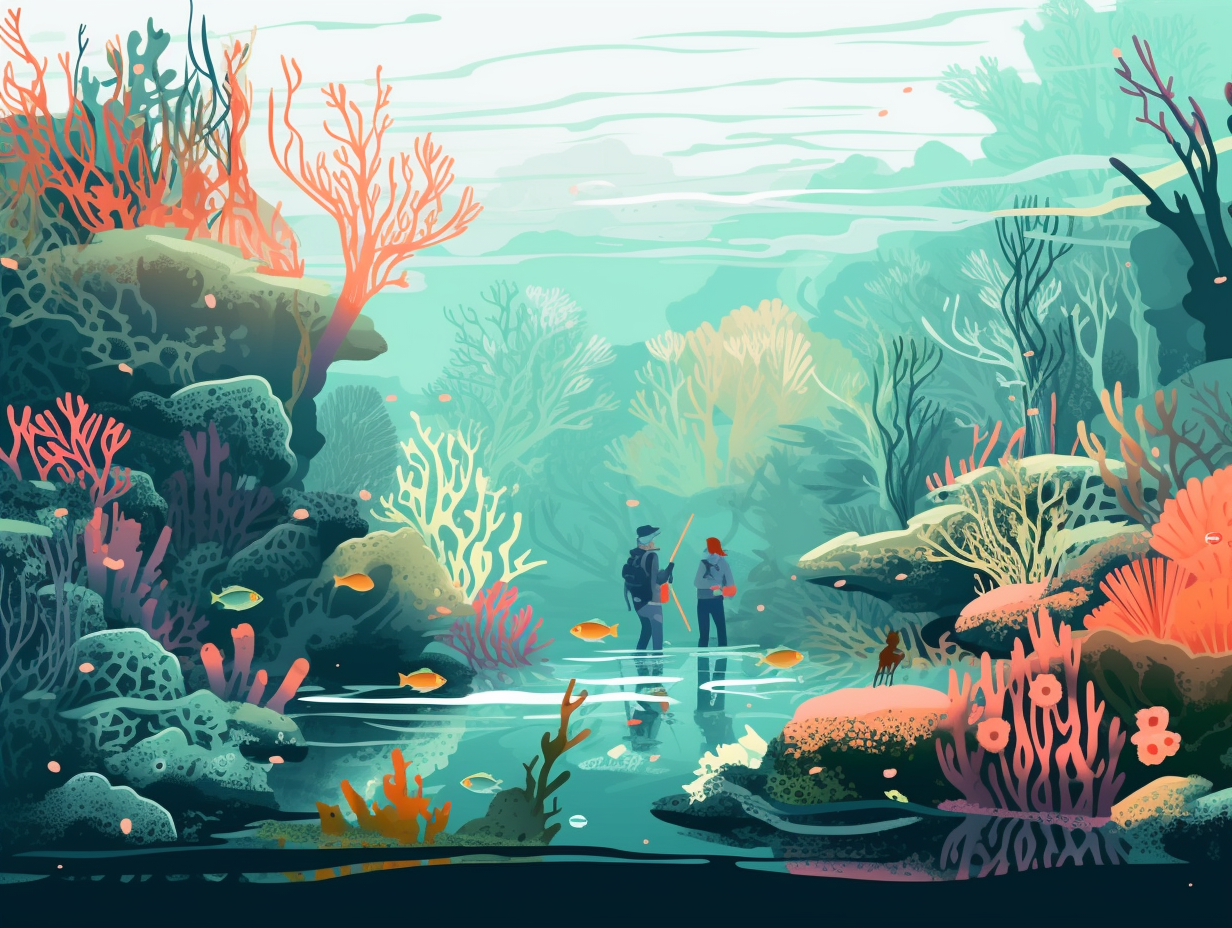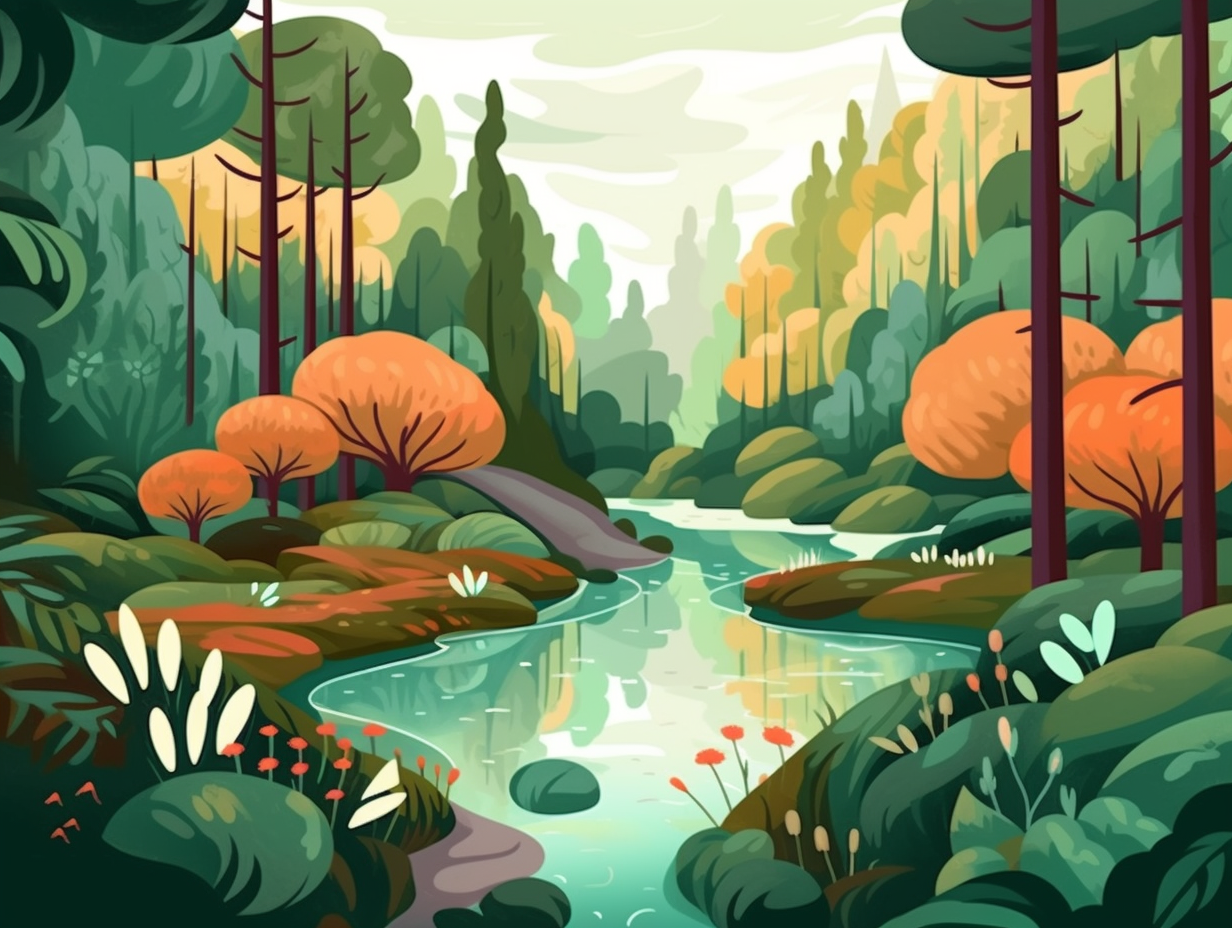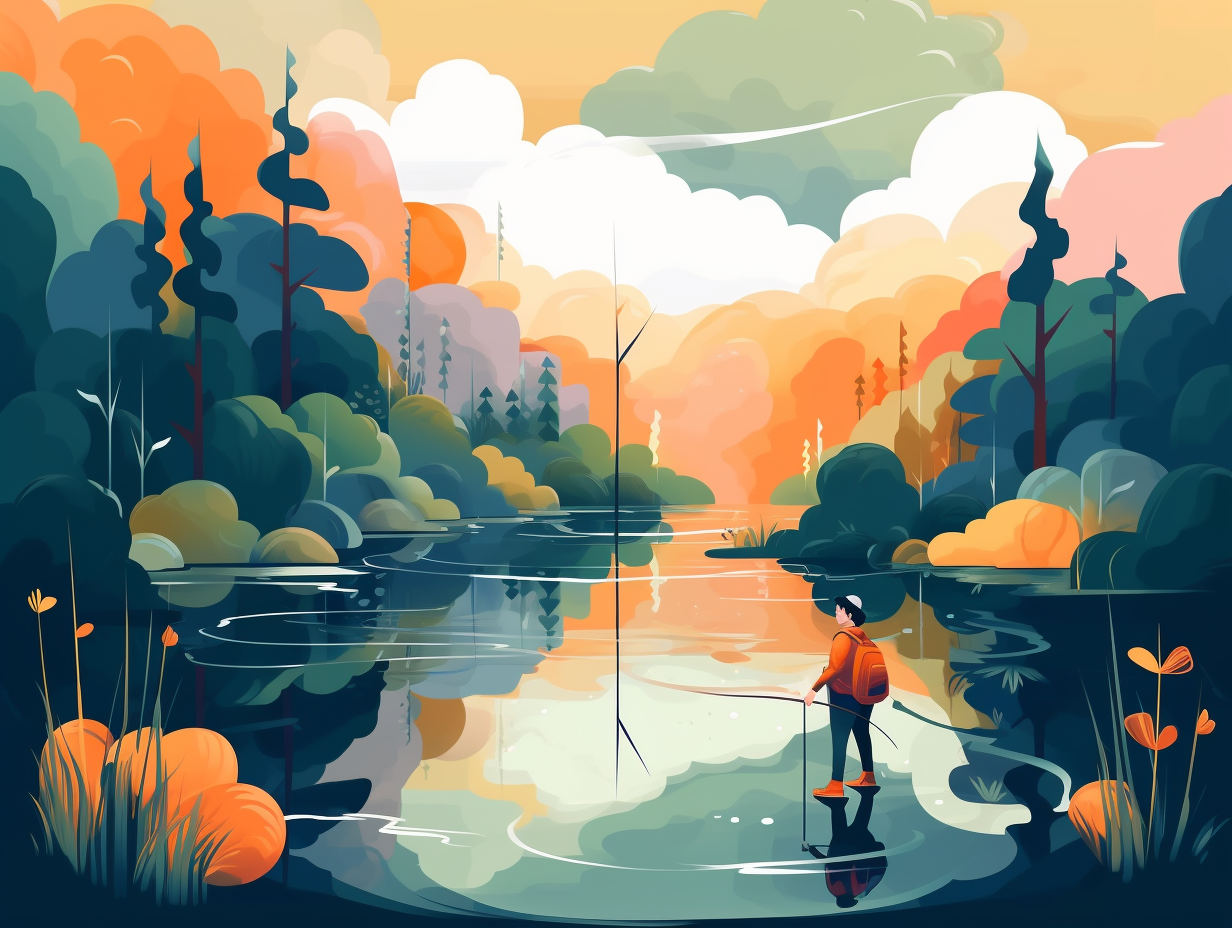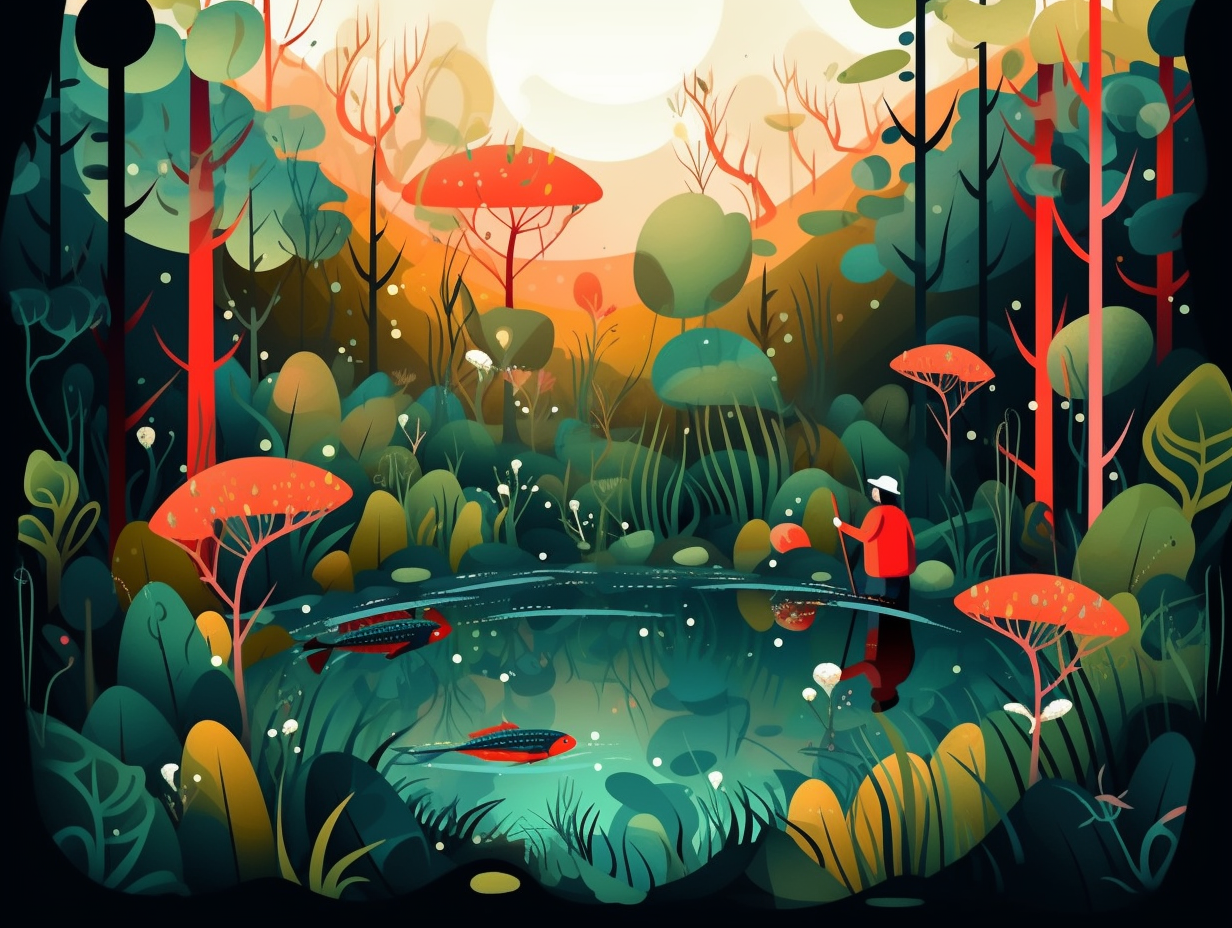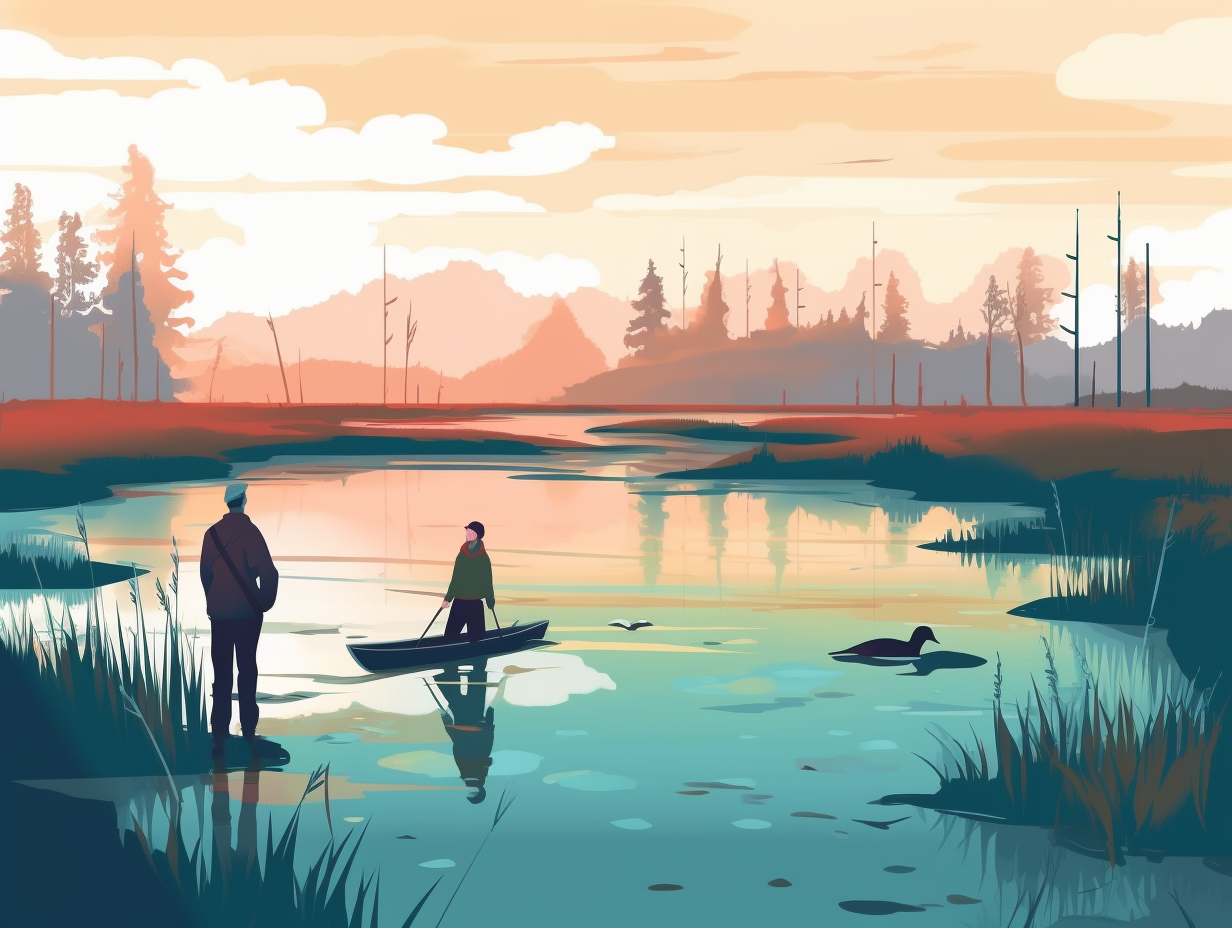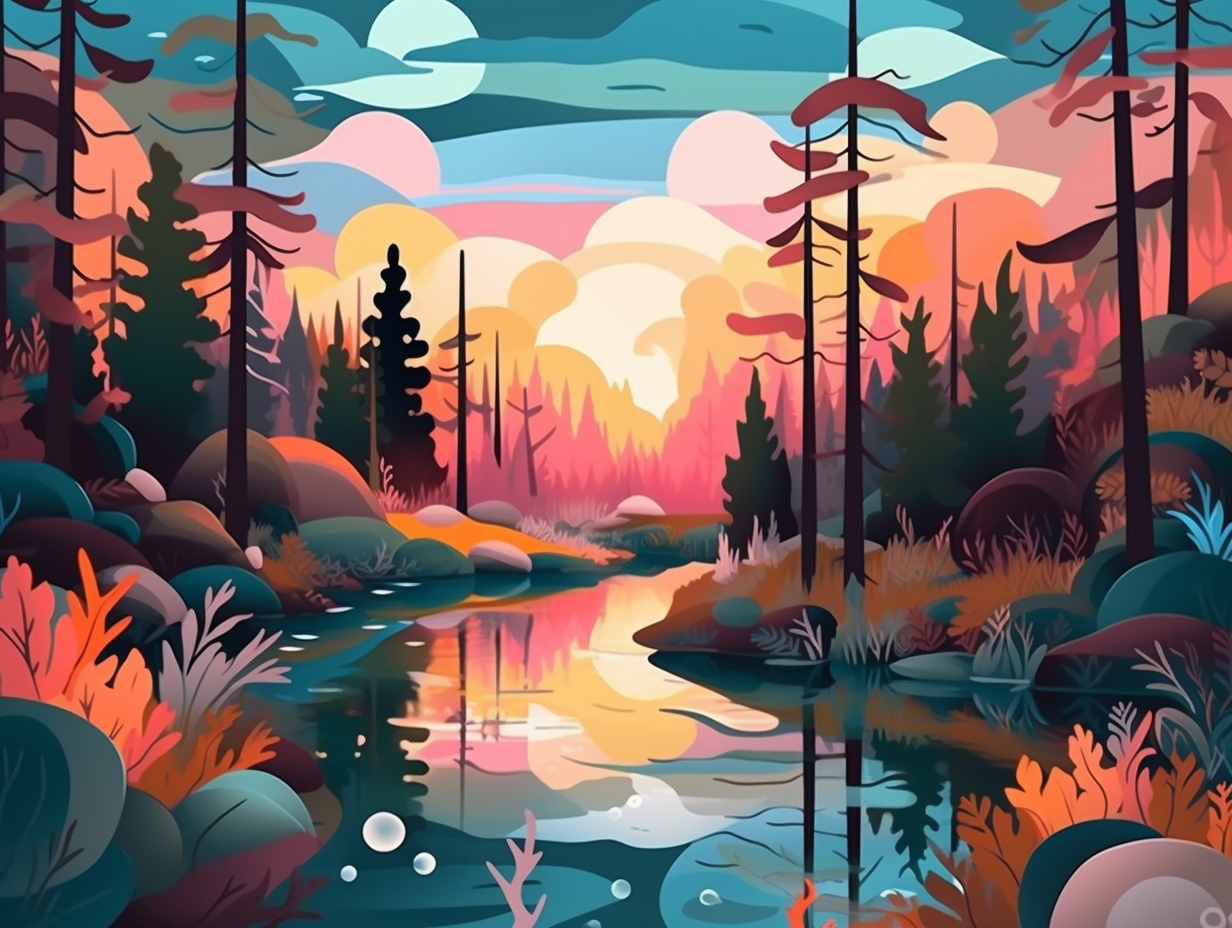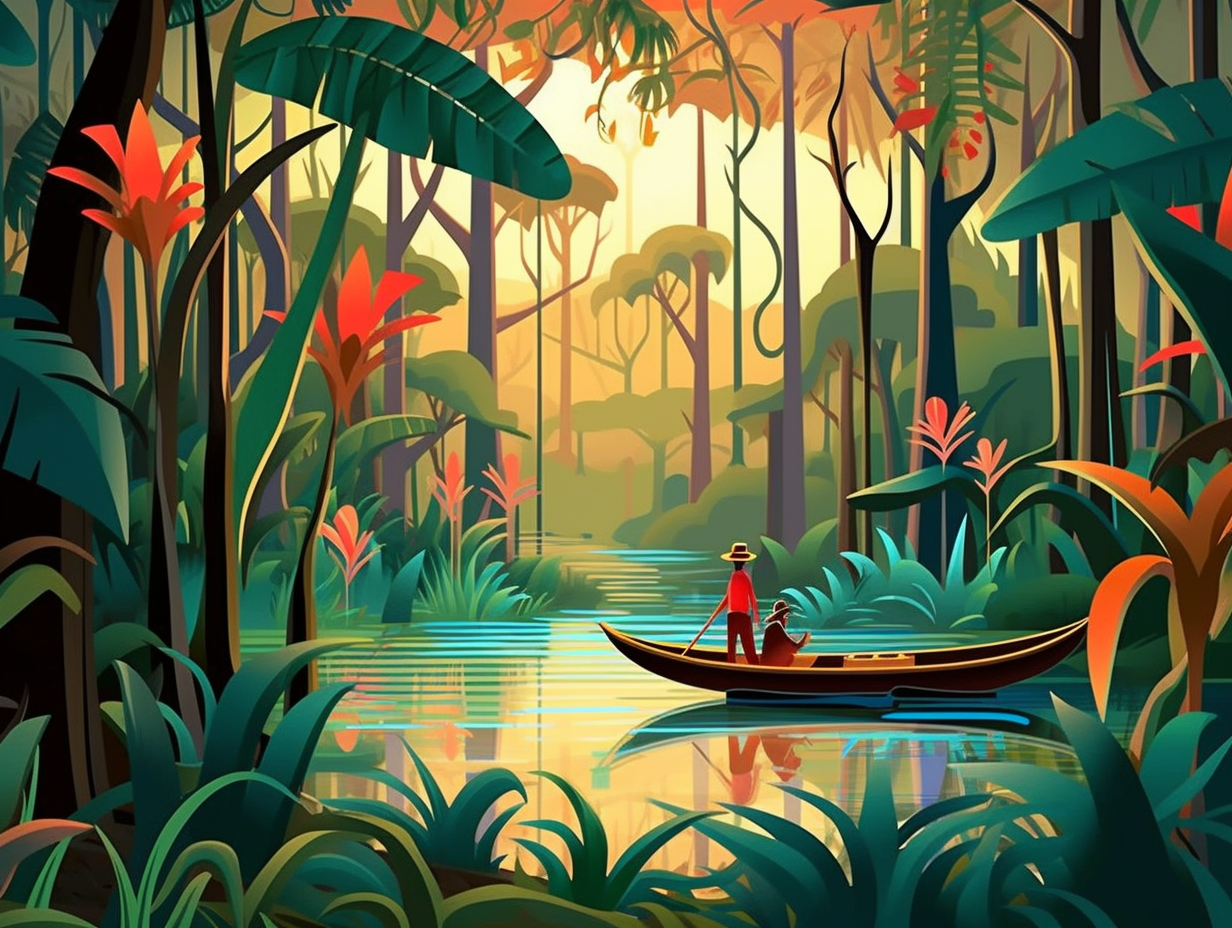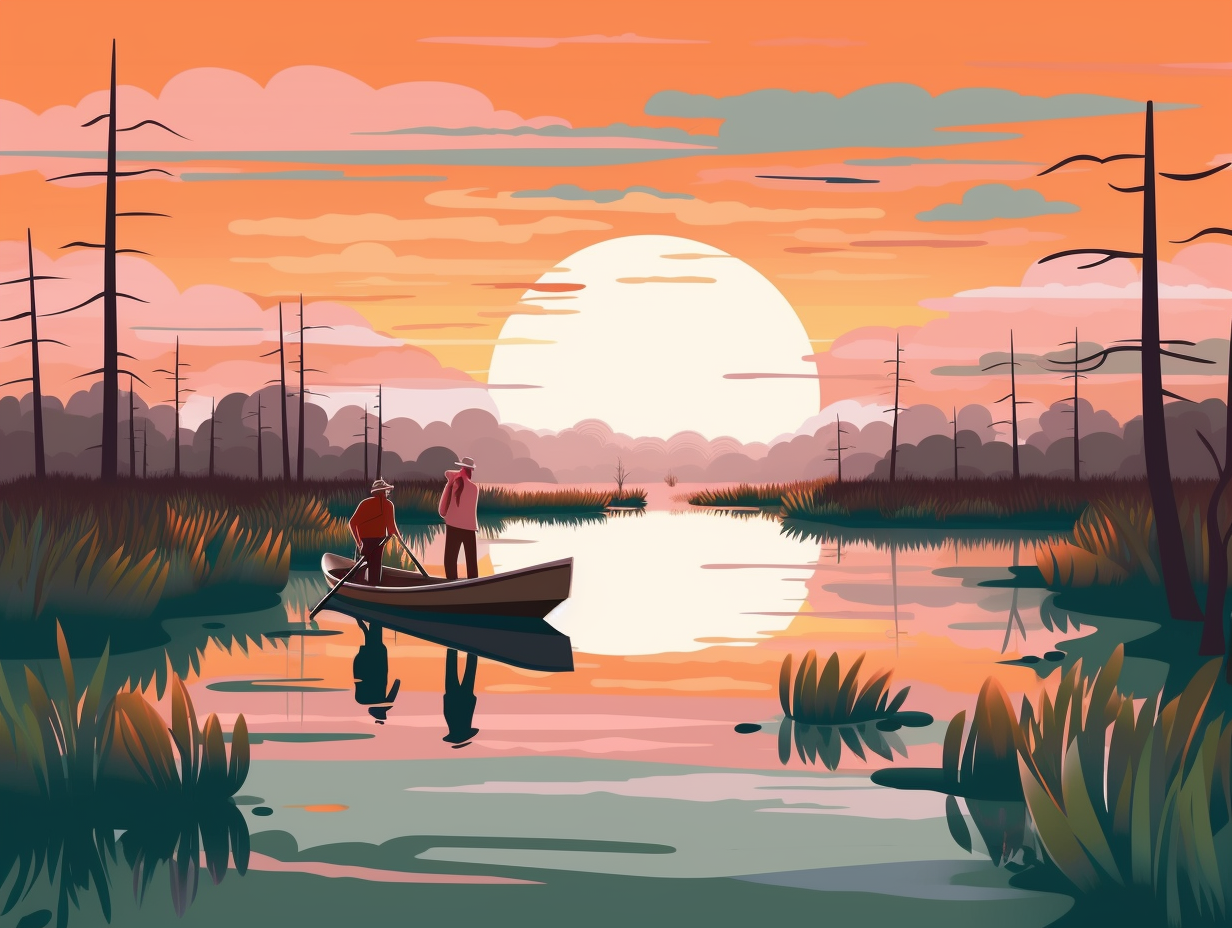11 Amazing Biomes Uncovered: Unbelievable Fun Facts You Need to Know!

1. Autumn Leaf Sugar Rush
Mother Nature's got a sweet tooth: the dazzling bursts of reds, oranges, and yellows we see on autumn leaves are due to trees binging on sugar during their growing season and piggybacking a stash for their winter naps. Chillier nights, a colorful wardrobe of leaf pigments, and fickle weather moods all factor into the vivid fall runway. But brace yourselves, climate change might just steal the show and crash the party with drab curtains for future autumns.
Source => fs.usda.gov
2. Tropical Rainforest Prime Real Estate
In the tropical rainforest real estate market, it's all about location, location, location: and boy, do these forests have primo spots! Covering a mere 2% of Earth's surface, these lush neighborhoods still manage to house an astonishing 50% of all life found on land. What's their secret? A divine mix of balmy climate, steady conditions, and a leafy canopy system create a paradise for over 480 tree species per hectare, making the tropical rainforest fauna's favorite five-star resort for biodiversity and top pick for the "habitat with the most(est)" award.
Source => rainforests.mongabay.com

Did you know that the "devil tree" and fire ants form an incredible power couple in the Amazon rainforest? Discover their unique alliance in defending their territory and ensuring they stay on top of the competition! Curious to learn more?
=> Fun Facts about The-Rainforest
3. Conifer vs. Deciduous Water Wars
It's a tree-mendous rivalry rooted in deep adaptational differences, with conifers being the proverbial penny-pinchers of the forest, and deciduous trees living life in the fast lane of leafy luxury: Conifers use tracheids to conduct water, conserving it for drier conditions, while broadleaved trees employ the more efficient vessels and tracheids, growing near water sources where they can soak up the liquid goodness in style.
Source => wnps.org
4. Tundra's Performance Anxiety
Trees in the tundra suffer from a serious case of performance anxiety: they just can't seem to grow on their thin stage of active layer soil. This frigid spotlight only allows for smaller flora stars like eager grasses, tenacious shrubs, and the adaptive mosses and lichens to take on the lead role, as they showcase their survival skills through low-growing profiles and rapid-fire reproduction.
Source => gvsu.edu

5. Taiga: Not Just a Russian Stereotype
Step aside, Mother Russia! The taiga biome is not just vodka and furry hats on bears playing balalaikas: it's actually the world's largest land biome, covering vast expanses of Russia, Canada, and northern Europe, boasting cold temperatures, dense coniferous forests, and home to moose, wolves, and - yes - bears.
Source => britannica.com
6. Freshwater Fish Party Crashers
Did you hear about the party that got a little fishy? It turns out it was hosted at a freshwater ecosystem: these habitats are home to a whopping 41% of the world's known fish species, while also purifying water, replenishing groundwater, and controlling floods. Sadly, pollution, overexploitation, and climate change are giving our fishy friends a harder time to keep the party going. Time to make a splash and save these important biomes!
Source => en.wikipedia.org
7. The Tundra's Icy Willy Wonka
If the tundra sounds like a frozen Willy Wonka factory filled with ice-cream toppings, that's because it basically is - minus the ice-cream: This biome's plant cast includes shivering shrubs, frostbitten grasses, and tundra-tough mosses who've adapted to a nutrient deprived soil and chilling temperatures. The furry runway-stars of tundra, like caribou and the arctic foxes, also don their stylish cold-proof coats, enjoying crunchy insect buffet when the plant life briefly flourishes. But, plot twist: climate change and human activities are threatening to rain on their frosty parade, causing all sorts of chilling consequences.
Source => education.nationalgeographic.org
8. Coral Reef Calcium Construction
When life gives you limes, make coral reefs: stony corals may be small, with individual polyps averaging a mere one to three millimeters in diameter, but these tiny marine architects create colossal reef structures by secreting their own calcium carbonate skeletons. In fact, they can grow as much as 4.5 centimeters per year, resulting in entire colonies that weigh several tons and house millions of polyps.
Source => oceanservice.noaa.gov
9. Mangrove Marine Daycare Services
Ever wondered what could give Poseidon's playroom a run for its money? The answer lies in the coastal crosswords of roots and tangles: Mangrove forests stabilize coastlines while offering young marine life the ultimate daycare experience, complete with obstacle courses for shelter and a buffet of nutrients, supporting a plethora of fascinating creatures who contribute to the overall health of our oceans.
Source => oceanservice.noaa.gov
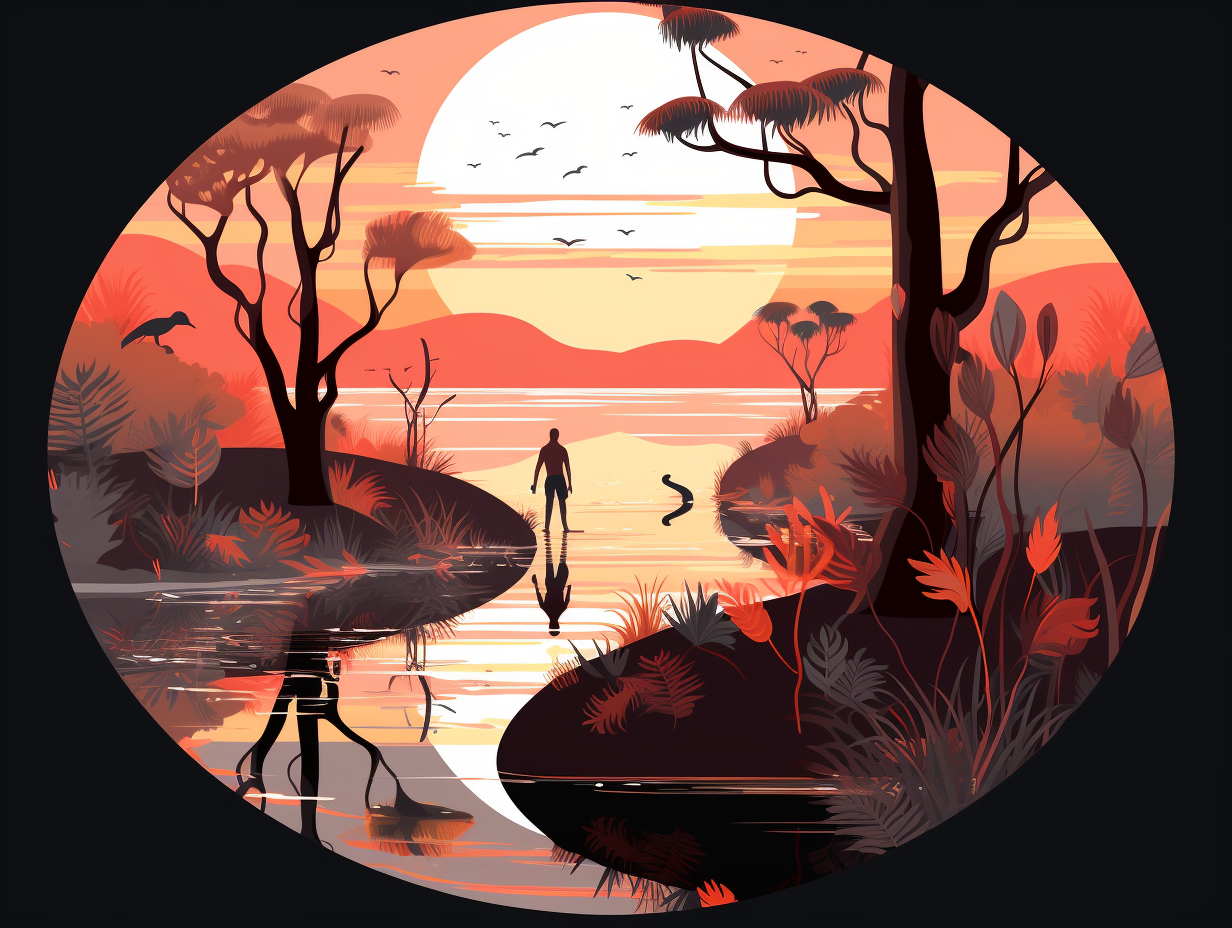
10. Tide Pool Beach Bash
Ever wondered who hosts the biggest beach party for marine life? It's the tide pools, of course: These natural watering holes in the intertidal zone provide a vital beach break for critters like sea stars and fish, offering a lifeline to those who can't handle too much sun and air exposure.
Source => nationalgeographic.org
11. Peat Bogs: Climate Change Comedians
Like a night at the comedy club that's not just laughs but saves the planet, the mighty peat bog commands its own fan club and green carpet events: These humble, squelchy havens are secretly stashing away more than 200 billion tons of carbon worldwide, making them VIPs in the fight against climate change, but beware – peat extraction and climate change play the villain, threatening their survival and carbon-storing skills.
Source => nationalgeographic.org
Related Fun Facts

